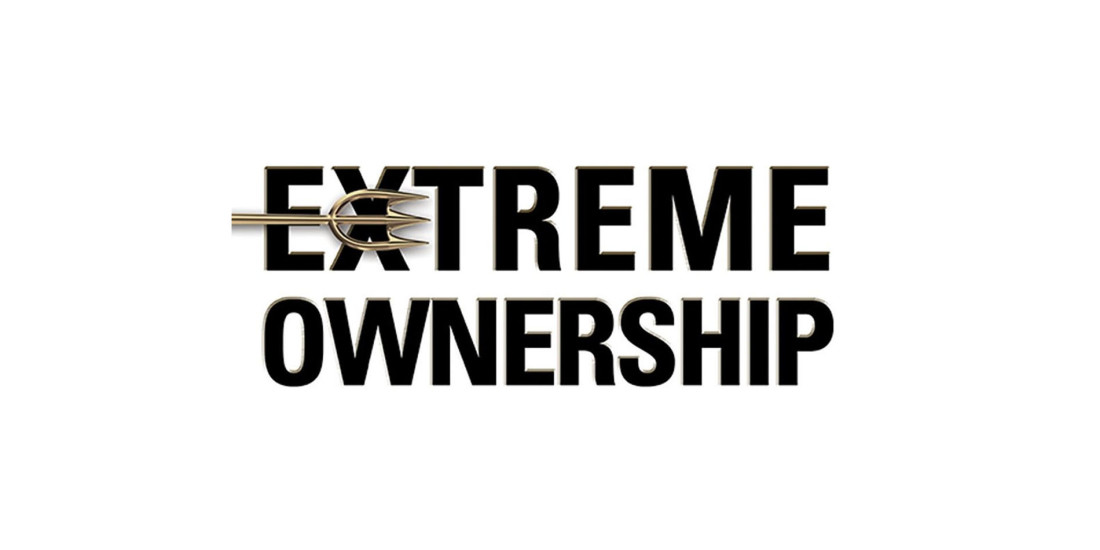One thing I love about leadership and management is that skills learned in one discipline often carry over in to another. It seems there are endless sources of knowledge and inspiration from all sorts of diverse endeavors.
The book Extreme Ownership by former US Navy Seals Jocko Willink and Leif Babin is unlike any business book I have read in that it uses as its source material actual combat missions from the Battle of Ramadi in Iraq in 2006. The chapters start with a first hand narrative of a battlefield event and then translate lessons learned into actionable strategies that can be used by any business leader. Although running an orthodontic practice pales in significance compared to fighting a well armed and intelligent insurgency, the skills and techniques discussed have direct application in leading people and maneuvering through challenging situations.
In addition, much of the book is dedicated to altering the mindset of the reader. Indulge me for a moment while I quote the following long-ish passage.
“On any team, in any organization, all responsibility for success and failure rests with the leader. The leader must own everything in his or her world. There is no one else to blame. The leader must acknowledge mistakes and admit failures, take ownership of them, and develop a plan to win.
When subordinates aren’t doing what they should, leaders that exercise Extreme Ownership cannot blame the subordinates. They must first look in the mirror at themselves. The leader bears full responsibility for explaining the strategic mission, developing the tactics, and securing the training and resources to enable the team to properly and successfully execute.
If an individual on the team is not performing at the level required for the team to succeed, the leader must train and mentor that underperformer. But if the underperformer continually fails to meet standards, then a leader who exercises Extreme Ownership must be loyal to the team and the mission above any individual. If underperformers cannot improve, the leader must make the tough call to terminate them and hire others who can get the job done. It is all on the leader.
As individuals, we often attribute the success of others to luck or circumstances and make excuses for our own failures and the failures of our team. We blame our own poor performance on bad luck, circumstances beyond our control, or poorly performing subordinates— anyone but ourselves. Total responsibility for failure is a difficult thing to accept, and taking ownership when things go wrong requires extraordinary humility and courage. But doing just that is an absolute necessity to learning, growing as a leader, and improving a team’s performance.”
I highly recommend this excellent book!














